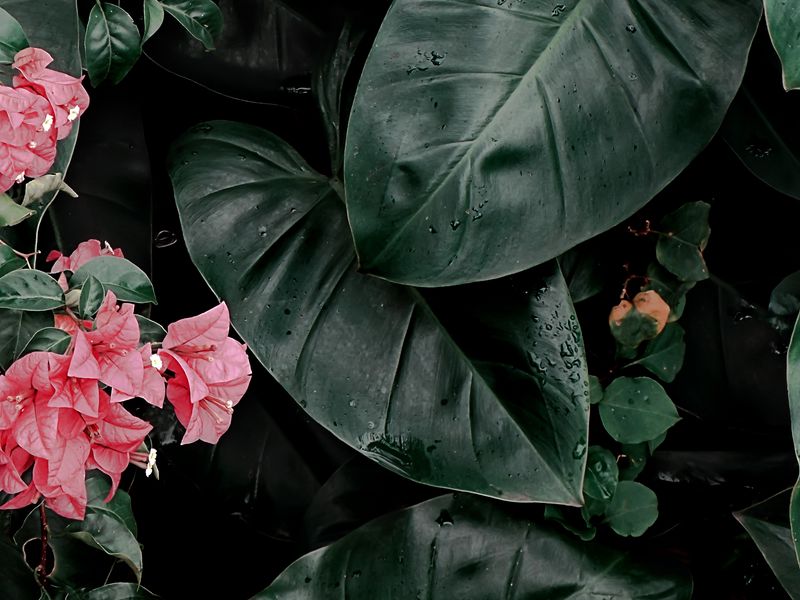Lighting for House Plants
Besides food and also water, light is just one of the most important needs of plant survival. Light taken in by plants allow them to convert it’s power into sugars and starches they require to expand as well as endure. No light or inadequate light has a harmful impact on plants.
If we take notice of our plants, they will tell us if their needs are being met- especially light. Your plant is telling you that it needs a lot more light if it ends up being light or spindly. It will also lean toward one of the most resource of light. Another sign of not nearly enough light is if a flowering plant falls short to produce any type of blossoms or at the very least weak blossoms. Dirt in the container will certainly be continuously wet which will certainly cause origin rot as well as the plant will slowly pass away.
The amount of light differs by plant. The most effective way to know in advance is to take note of the lights requirements that are usually consisted of with your plant purchase. Variants range from man-made room light to hrs of direct sunshine.
A general rule of thumb. Flowering home plants usually need more light than foliage plants.
Seasonal Variables Required to be Considered
We know that the sun is most directly overhanging throughout the summer months as well as well to the south in the winter months. North facing windows receive the least quantity of light year round. Southern facing home windows get one of the most amount of light and warm throughout the summertime. They continue to receive a substantial quantity of light in the cold weather, but simply not as extreme (warm).
These seasonal variations make positioning of plants very important. You might wish to utilize what I call a vibrant strategy to plant placement. The dynamic approach calls for that plants be relocated during period variations according to light demands of the specific plants.
The dynamic technique offers the possibility to be imaginative. Attempt making use of various groupings. Mix in some vegetation plants with blooming plants throughout the winter season in a south home window. Then produce one more display screen throughout the summer season.

Home Window Light Source Tips
- South Home window Plenty of light all year; fantastic for plants needing plenty light; exposure supplies a lot more location of light.
- East Home window Considered the most effective all round exposure; cooler than a west window; cozy morning light; bright light for a lot of the day; helpful for both blooming and also foliage plants.
- West Home window Gets warmer afternoon sun and intense light for the majority of the day; just disadvantage is the possibility of overheating some plants; helpful for blooming and also vegetation plants.
- North Home window No sun, however bright light during the summertime: coolest home window in the house, particularly throughout the winter months( might be breezy as well); for foliage plants mainly.
Fabricated Light
Meeting plant illumination demands can be helped with using synthetic light. Certainly all-natural light is best, yet occasionally a dark corner would certainly be an excellent location for a certain plant. Not all man-made light sources will certainly work however. The incandescent light (regular light bulb like a house lamp) is an inadequate resource. They may aid if the plant is already receiving some natural light. The best resources of fabricated light are fluorescent and halogen lamps. Their outcome is really near that of natural light and also plants succeed under them. For best results, ensure the plants obtain 12 to 14 hours of light. A timer would certainly conserve you a great deal of trouble here. Beware not to get the light too near the plant to prevent getting too hot.
Moisture Control for Home Plant Kingdoms
Plants require humidity in order to make it through.
Did you recognize that herbaceous plants require water to stand up? Water to the plant resembles air in a balloon The limp balloon.
Come and visit their page to find out more about the best plants for aquaponics.

